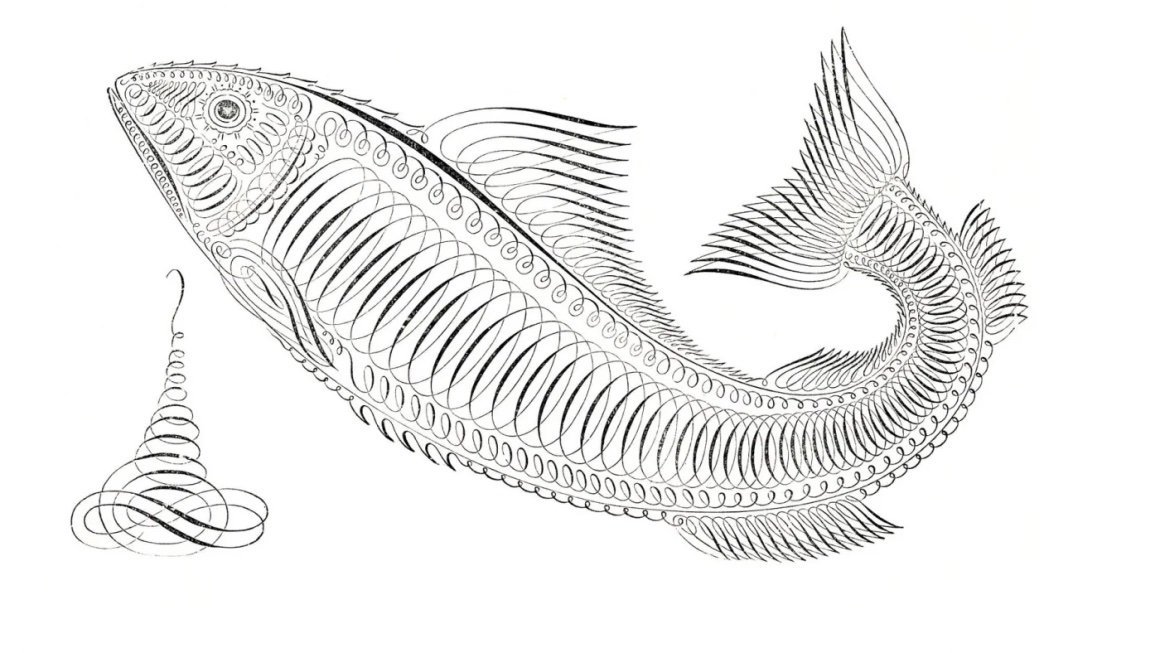Between Screens: Ficus Elastica
By Jinwoo Chong
My rubber plant is only six years younger than me. It was purchased at a farmer’s market in my childhood, a kitchen counter plant that quickly outgrew successive pots and has traveled with us around the tri-state area as my parents sought the perfect home for their impending retirement.
Our plant is the closest thing I have to a little brother, disregarding some of my mother’s oldest plates and mugs. It is stocky and broad, it throws its dark leaves and branches as far horizontally as it does vertically. It has been pruned multiple times, and sports several dry stumps on its central stalk—attempts to curb its prodigious growth in its youth.
When I moved to the city for work, the rubber plant stayed in my parents’ house in New Jersey. I was free for the first time, in my early twenties and fresh out of college. I had money to spend and my own ideas about what made a good young life. I had no room in my life for a plant. I wanted to go out and eat out and sign up for gym memberships and have groceries delivered to my lobby. The rubber plant had grown used to the fresh suburban sunlight. It had its leaves dutifully wiped with a paper towel soaked in whole milk every few weeks to bring out its shine. The rubber plant, like many things I shed in becoming a mildly self-sufficient adult, was an old-person thing, and I, a young professional, was moving too fast for it.
I left work last year, taking the summer off before my masters program started in the fall. While searching for an apartment closer to campus, I thought of the rubber plant, thinking it not so tedious anymore. A plant was a new symbol of maturity that I wasn’t grown enough in my thoughtless youth to understand. A living thing, something that depended on me for its life. And the oxygen! The benefits were varied and endless. I picked it up from my parents’ house and set it up by the window. I watered it faithfully, though I never found the time for its milk baths. Nevertheless, I grew to love its presence, the routine of its waterings.
When Covid-19 locked down New York, I packed a backpack and returned to New Jersey, thinking a week or so would be bearable, fun even. I was looking forward to an extended spring break, walks along the creek that wandered through our neighborhood. In April, I thought about the rubber plant, catching my mother going about her own plants with a measuring cup.
How long could the rubber plant go without water, I asked her.
That thing can survive for weeks, said my mother, we left it for two months once and none of its leaves even died.
Cases were skyrocketing in New York. My parents began to float the idea of breaking my lease. I couldn’t think of going back for at least another few months, they said. I had left the blinds open before I left that Friday morning. My rubber plant was watching the days pass, growing weaker and weaker, sacrificing its lowest branches and leaves in order to draw up its height, reaching further toward the sun in an attempt to stay alive. I scoured the internet, how long rubber plant live die no water. Every time I’d find an article claiming something like six months, I’d find another that said solemnly: two weeks, three at best.
I want to go back to my apartment, I said one morning.
Do you need something?
I have to bring the plant back here.
My parents looked at me silently. Months into quarantine had dulled our sense of danger, especially in the quiet suburbs largely untouched by the death tolls.
You should pick up lunch for us on the way back, my mother said.
I opened my New York apartment door, breathing rancid air through a surgical mask. It was the first thing I saw, still standing, stout and strong in its ceramic pot. Around it lay a dozen yellow leaves curled in on themselves. I scooped them up and into the trash. I felt its remaining leaves with my fingers, still green but hanging limp, soft to the touch. I watered it, filling my old measuring cup by the sink. My routine, once so familiar, was lost to me. I could barely remember what it felt like to exist here.
I brought it back to the car, seat-belting its pot into the passenger seat, and drove carefully back home. Weeks later, its branches are once again full, though its stature is shrunken, a reminder of its trauma. My mother once again treats its leaves with milk. It will return to its former size within the month, I am told. Already it seems to have found its place among the other house plants in the suburbs. It is suited to this life, away from the noise. So am I.
***
Between Screens is an ongoing column that explores how social isolation and an increasing reliance on technology, has altered perspectives, social practices, and artistic habits.
About the author:
Jinwoo Chong serves as Online Editor for Columbia Journal, Issue 59. Twitter: @jinwoochong
